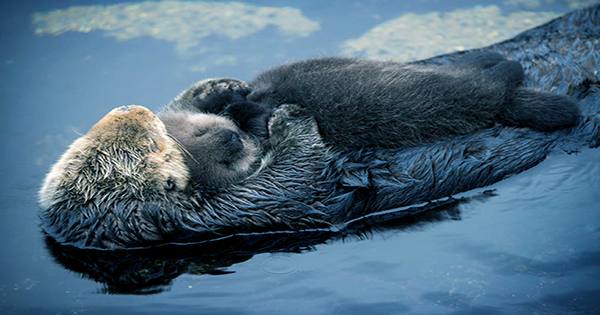In a new study published in the Journal of the Atmosphere, Canadian scientists have discovered that hydrocarbon pollutants involved in oil and gas extraction may play a role in weakening the bones of the penis in the North American river Otter (Lontra Canadensis). Environmental pollutants are having a strange effect on the penis bones of the Canadian river otter.
Broader animals have bone rights – though not humans – and it plays an important role in reproduction and courtship. It may seem unusual to study when looking at environmental pollution, but the role of the bones in the genitals means that it is a surprisingly effective tool for monitoring animal populations.
Distribution and Climate Change Canada’s lead study author and wildlife biologist Dr. “It’s like taking the pulse of Mother Nature,” Philip Thomas told IFLScience. “To identify the endpoints, we rely on indigenous land users, hunters, trappers, and fishermen who have been attached to the land for centuries,” Thomas added.
For the new study, researchers isolated river otter carcasses in Alberta and closely studied the bones of their baculum, as well as placed tabs on contaminants in their livers and the surrounding natural environment. Answers were collected in the Athabasca Oil Sands region of Alberta, or at the site of the growing crude oil extraction and fracking, or in its flows.
Studies have shown that North American river otters are a “sentinel species”.Like canaries in coal mines, these species have been able to highlight subtle changes in the ecosystem due to their place in the food chain and their sensitivity to environmental pressures. As such, it is bad news that this species is already experiencing the effects of oil extraction in the area. It is not clear how this change in baculum may affect this population, although previous studies have suggested that there are more breeds of strong baculum polar bears. If this is the case for river water bodies, the decline in baculum bone health could reduce the number of local populations and have a knock-on effect on the entire ecosystem.
Although the numbers are officially considered stable, there is not much monitoring of river otters in North America and many fear that the species is under serious threat in response to their habitat change.















